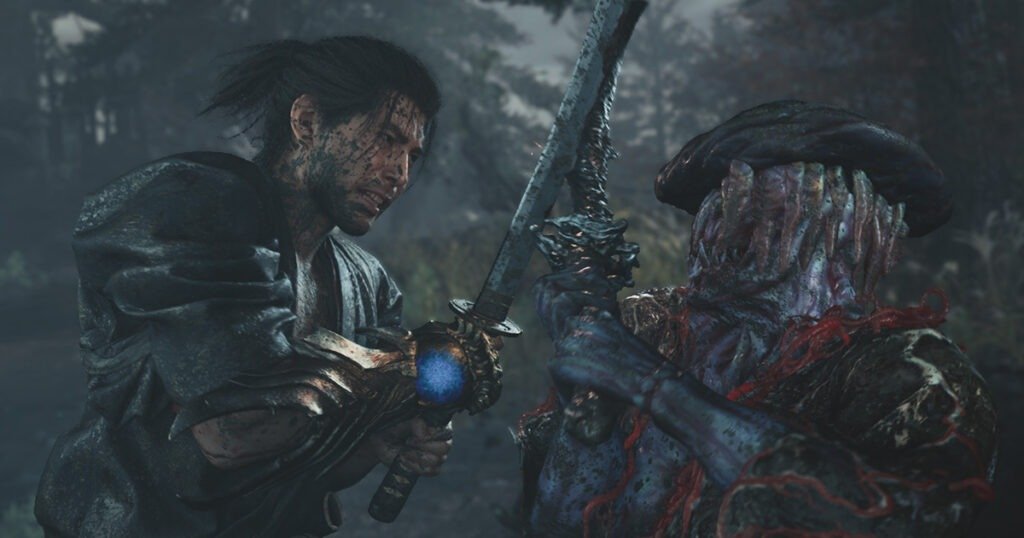Table of Contents
Forged in Shadow and Steel: Inside Capcom’s Revival of Onimusha
The Blade Returns
Few words evoke the same excitement for long-time fans as Onimusha. Once a cornerstone of Capcom’s early 2000s era, the series vanished for nearly two decades, leaving behind echoes of its demon-slaying duels and cinematic storytelling. Now, Onimusha: Way of the Sword marks its long-awaited return: a new chapter shaped not by nostalgia, but by introspection.
During gamescom Asia x Thailand Game Show 2025, we sat down with Akihito Kadowaki, producer, and Satoru Nihei, director, to talk about what it means to resurrect a classic. Both men spoke of legacy and identity, not just of a series, but of the people and beliefs behind it.
“Within Capcom, we always wanted to bring Onimusha back,” Nihei says. “But realistically it was impossible. We didn’t have the right team. In 2020, everything changed with the RE Engine, and now, here we are.”
The return of Onimusha was never just about technology, though the RE Engine undeniably gave the project its footing. What mattered more was intention and finding a reason to tell this story again.
A Warrior’s Struggle
At the heart of Onimusha: Way of the Sword lies a man torn between faith in his own hands and fear of the supernatural force he carries. This man is Miyamoto Musashi, the legendary swordsman whose philosophy and myth endure centuries later.
“Musashi and Ganryu really existed, both were strong, proud swordsmen,” Nihei says. “We wanted to give them equal power, so we added the gauntlet, a supernatural element that still respects their legend.”
This version of Musashi is not the invincible hero of folk tales. He’s uncertain, human, and burdened by pride. The gauntlet grants him power beyond mortal reach, but it also corrupts, tempting him to abandon discipline for dominance. “He doesn’t want the gauntlet’s power,” Nihei continues. “He’s constantly fighting against it. That’s the heart of the story, strength through struggle.”
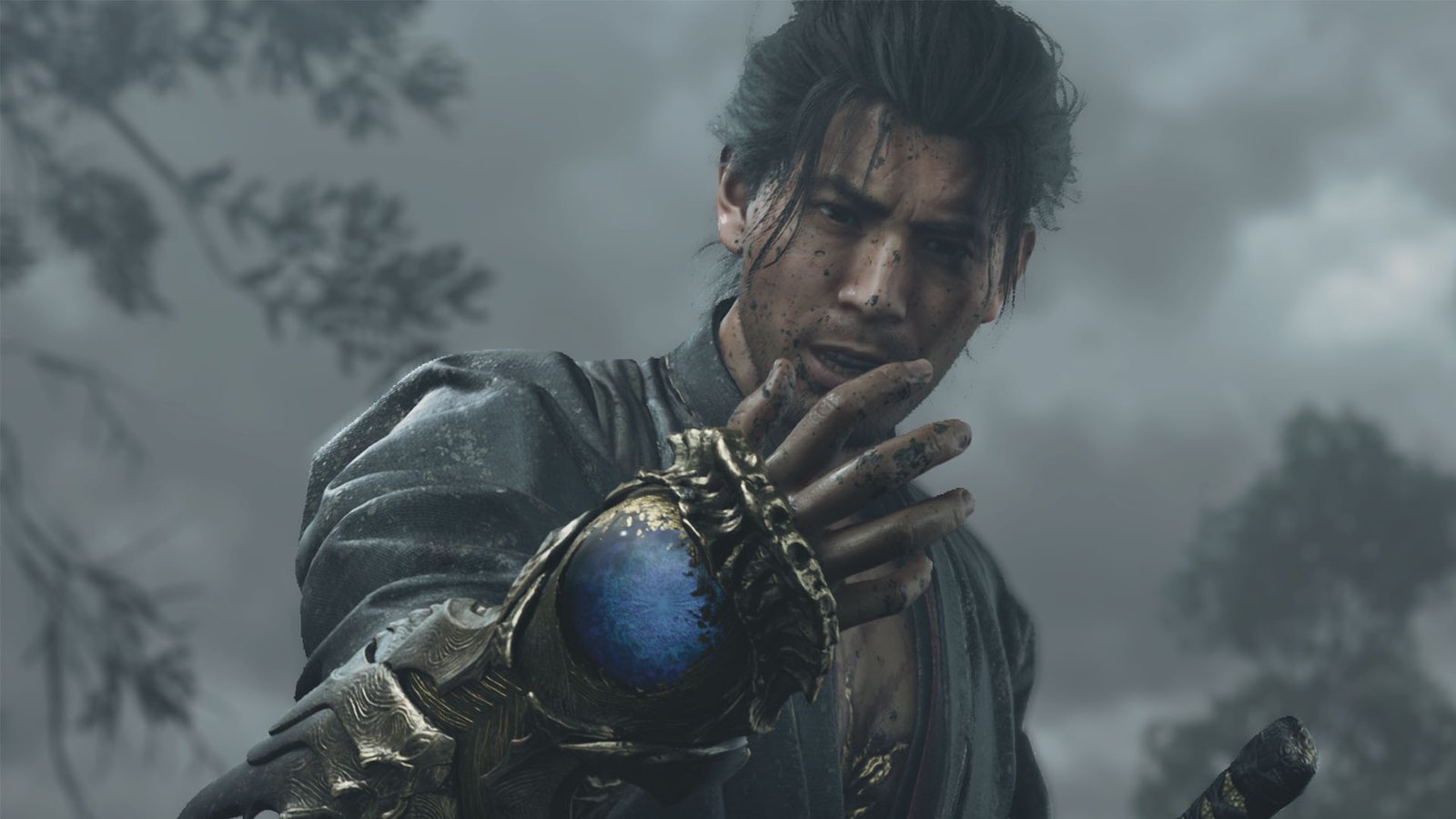
In a landscape filled with larger-than-life warriors and supernatural reinventions, Capcom’s Musashi feels grounded. His enemies are demons and his trials monstrous, but the battle that defines him remains inward.
Crafting the Cut
For Nihei and Kadowaki, combat is more than spectacle. It’s philosophy that is expressed through motion. The duo emphasised how the RE Engine wasn’t just about fidelity but precision, enabling Onimusha: Way of the Sword to capture the rhythm and weight of real combat.
“We even hired a professional swordsman to show us how each weapon moves and feels,” Kadowaki shares. “We wanted every cut to carry weight, a rhythm that’s both real and cinematic.”
That authenticity comes through in the way strikes connect, blades clash, and even in moments of stillness before the kill. Every motion is choreographed to reflect Musashi’s state of mind: restraint, anger, or resolve. It’s probably why I loved it so much during our gameplay demo.
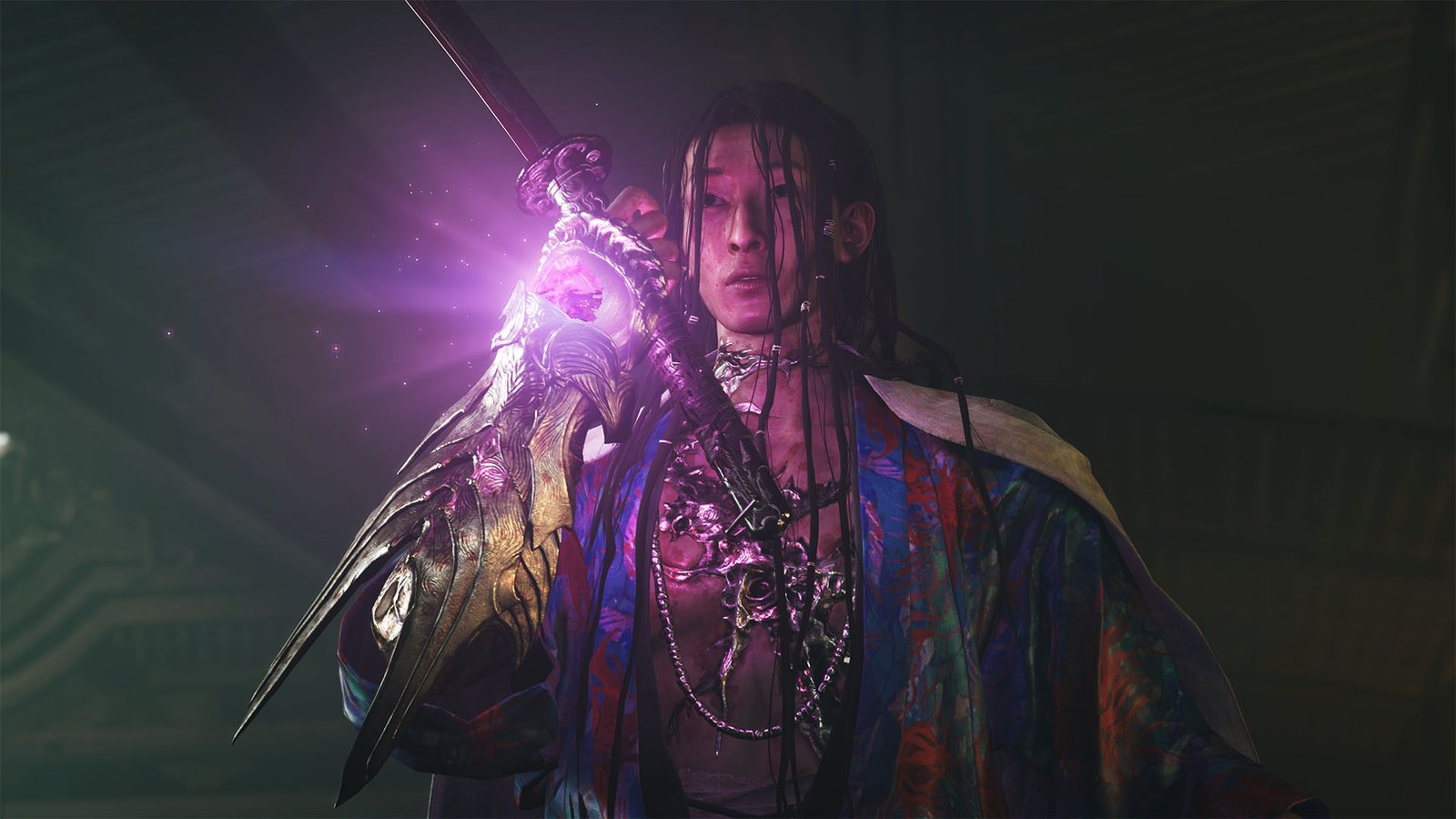
It’s an approach that links Onimusha’s historical roots to Capcom’s signature attention to “feel”. The same studio that defined the satisfaction of perfect combos and critical counters now channels it into something quieter: the confidence of a clean strike, the discipline of control.
Between Life and Death
Set in a reimagined Kyoto, Onimusha: Way of the Sword blends authenticity and fantasy with remarkable care. The team sought approval from local authorities, historians, and even the Kyoto Tourism Association to ensure that every temple, bridge, and street felt true before introducing the corruption that consumes them.
“Every design was reviewed by professionals,” Kadowaki explains. “Even Kyoto’s Tourism Association approved our changes. Everything that looks fantastical has roots in something real.”
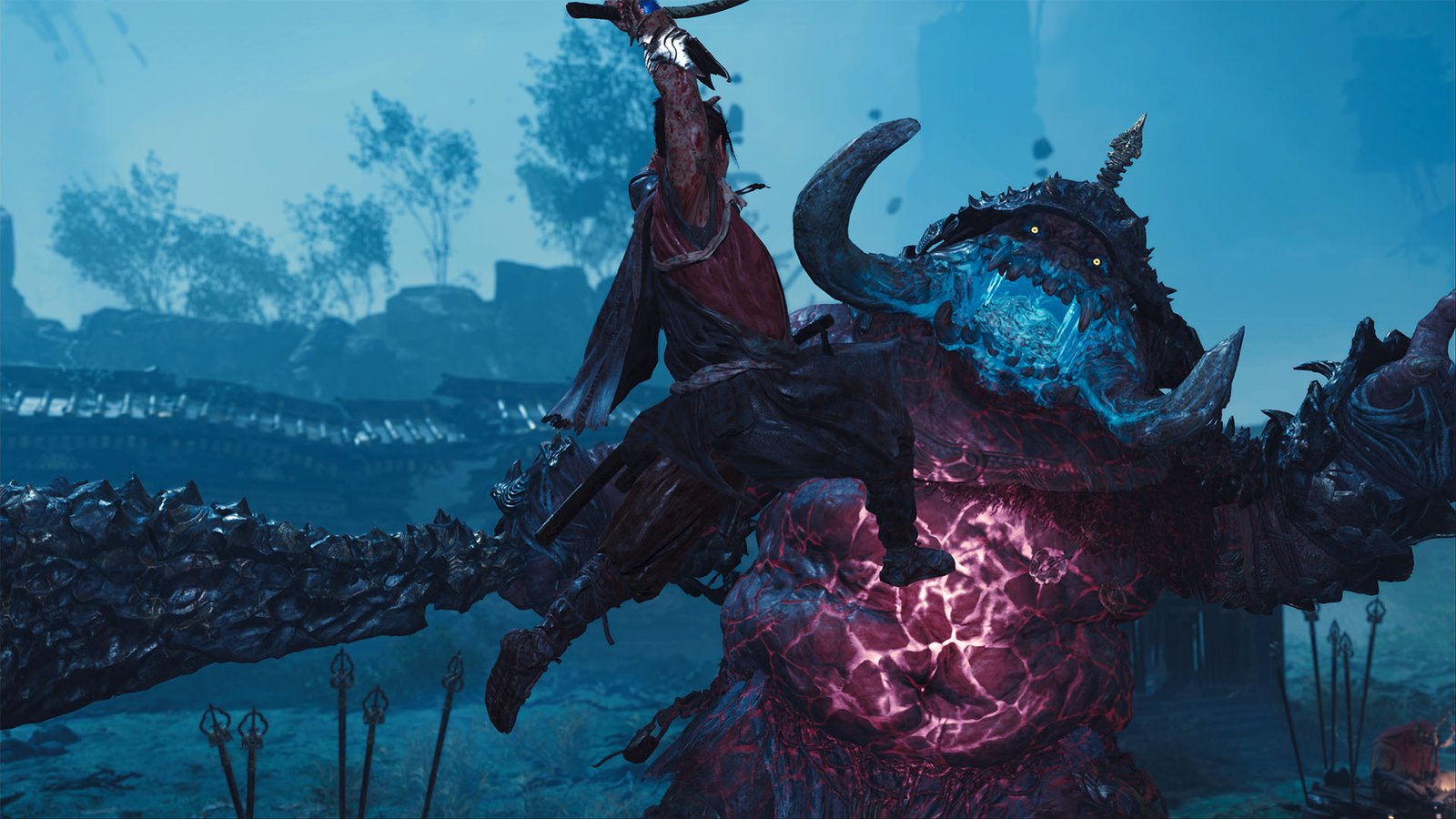
The result is a world steeped in history but haunted by myth. Kyoto stands as both a physical space and a reflection of Musashi’s inner turmoil. This is a once-pure land overtaken by ghosts of pride and failure.
A Familiar Face
As development progressed, an unexpected resemblance emerged between the new Musashi and the late Japanese cinema icon Toshiro Mifune, known for defining the image of the samurai in film. “We didn’t start with Toshiro Mifune as a reference,” Nihei laughs. “But as we designed Musashi, he began to resemble him, so we embraced it.”
That likeness isn’t just aesthetic; it speaks to Onimusha’s cinematic heritage. Just as earlier entries drew from Takeshi Kaneshiro’s screen presence, Way of the Sword continues the tradition of portraying samurai through a lens of filmic intimacy — sweat, dirt, emotion, and all.
“He may resemble Mifune, but he is still Miyamoto Musashi,” Nihei adds. “We want players to follow his story, not the actor’s.”
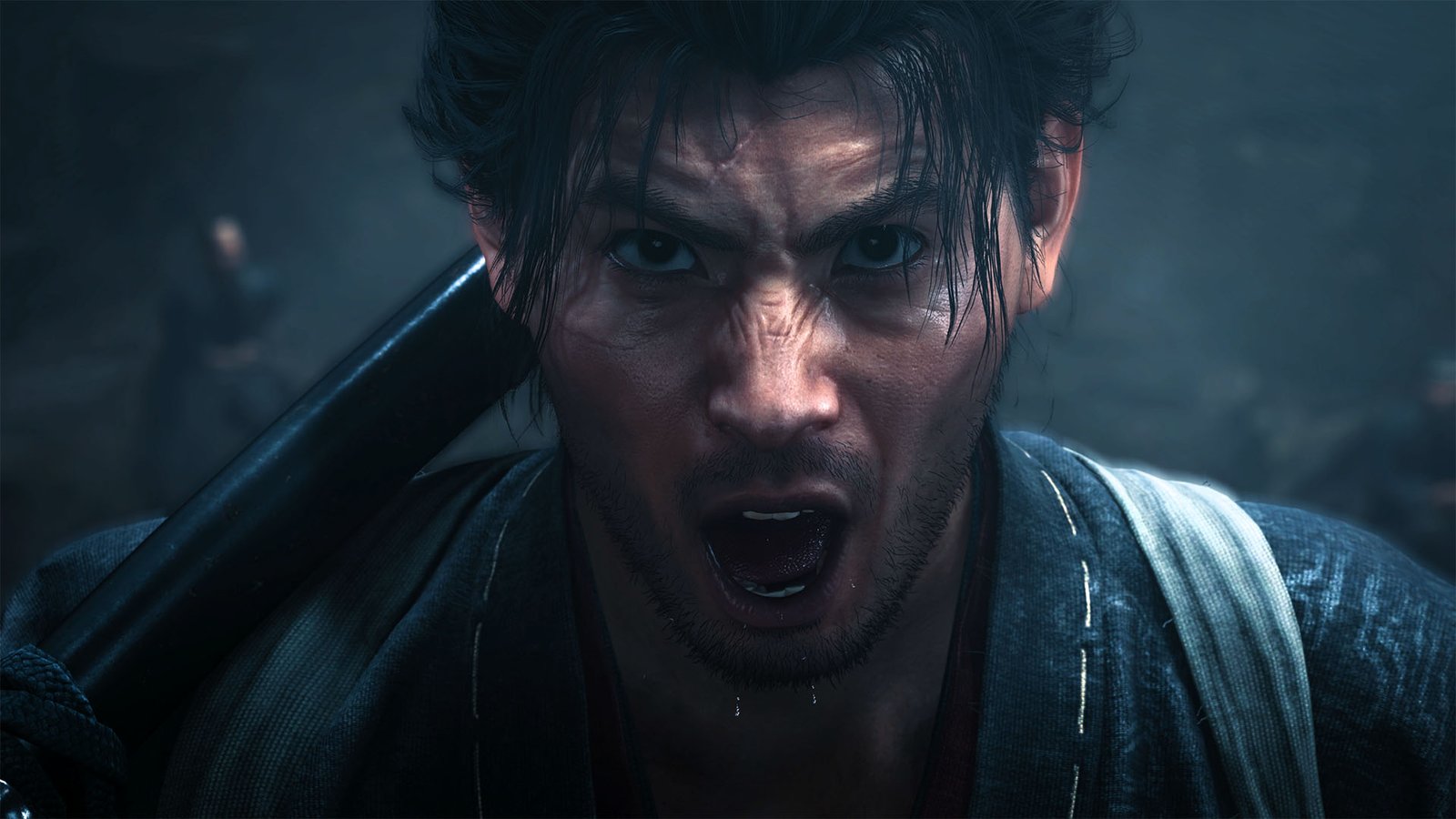
The Soul of Onimusha
Though modernised in scope and structure, Way of the Sword remains unmistakably Onimusha. The gauntlet, the cursed lands, the weight of honour, it all returns, but reimagined for a new audience.
“We kept the gauntlet, the sword fights, the world — everything iconic,” Kadowaki says. “But we’ve made it easier for new players to understand the story from the start.”
Accessibility, however, doesn’t mean compromise. The developers emphasise that while controls and systems have evolved, the heart of Onimusha lies in tension. Players must still know when to strike, when to hold, and when to simply watch. It’s not a test of reflexes alone, but of patience.
A Complete Tale
For all its ambition, Capcom doesn’t see Onimusha: Way of the Sword as a prelude to more. It’s designed as a full story, one that ends where it needs to.
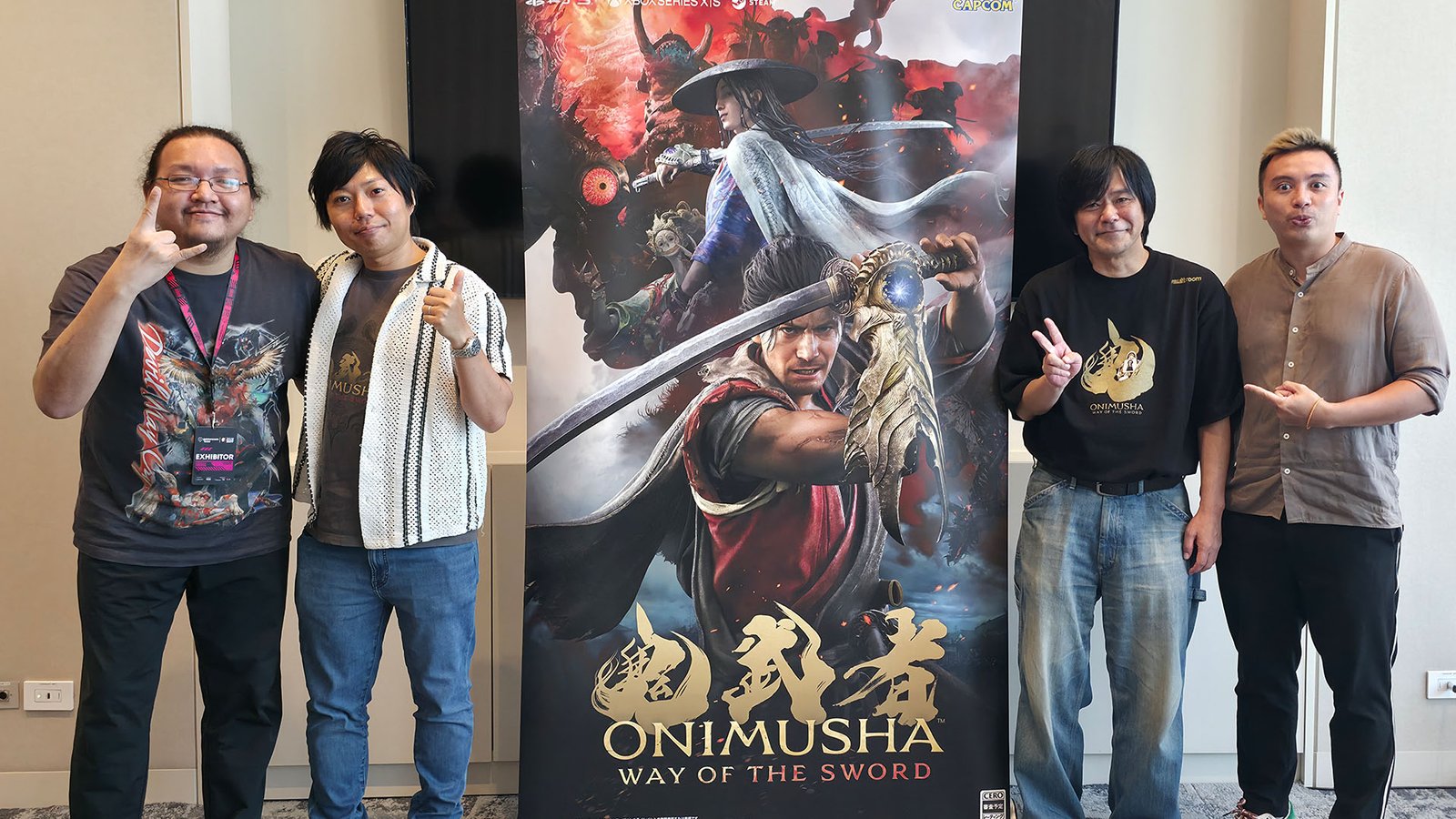
“We’re not making this expecting a sequel,” Kadowaki says. “We want it to be a 100% satisfying game. If players love it, then we’ll see where to go next.”
That sense of closure feels rare in today’s market of franchises and live-service loops. Here, Capcom is banking not on open-ended continuity, but on finality, on the power of a story that begins and ends with purpose.
And in that, perhaps, lies the truest expression of Onimusha’s spirit. Like Musashi himself, Way of the Sword finds its strength not in endless fighting, but in knowing when to stop. Of course, fans would love to see more, but first, they will have to support this new game in force, and I’ll likely be first in line after playing and understanding the game more.
Onimusha: Way of the Sword will release sometime in 2026 for PlayStation 5, Xbox Series X|S, and PC.

